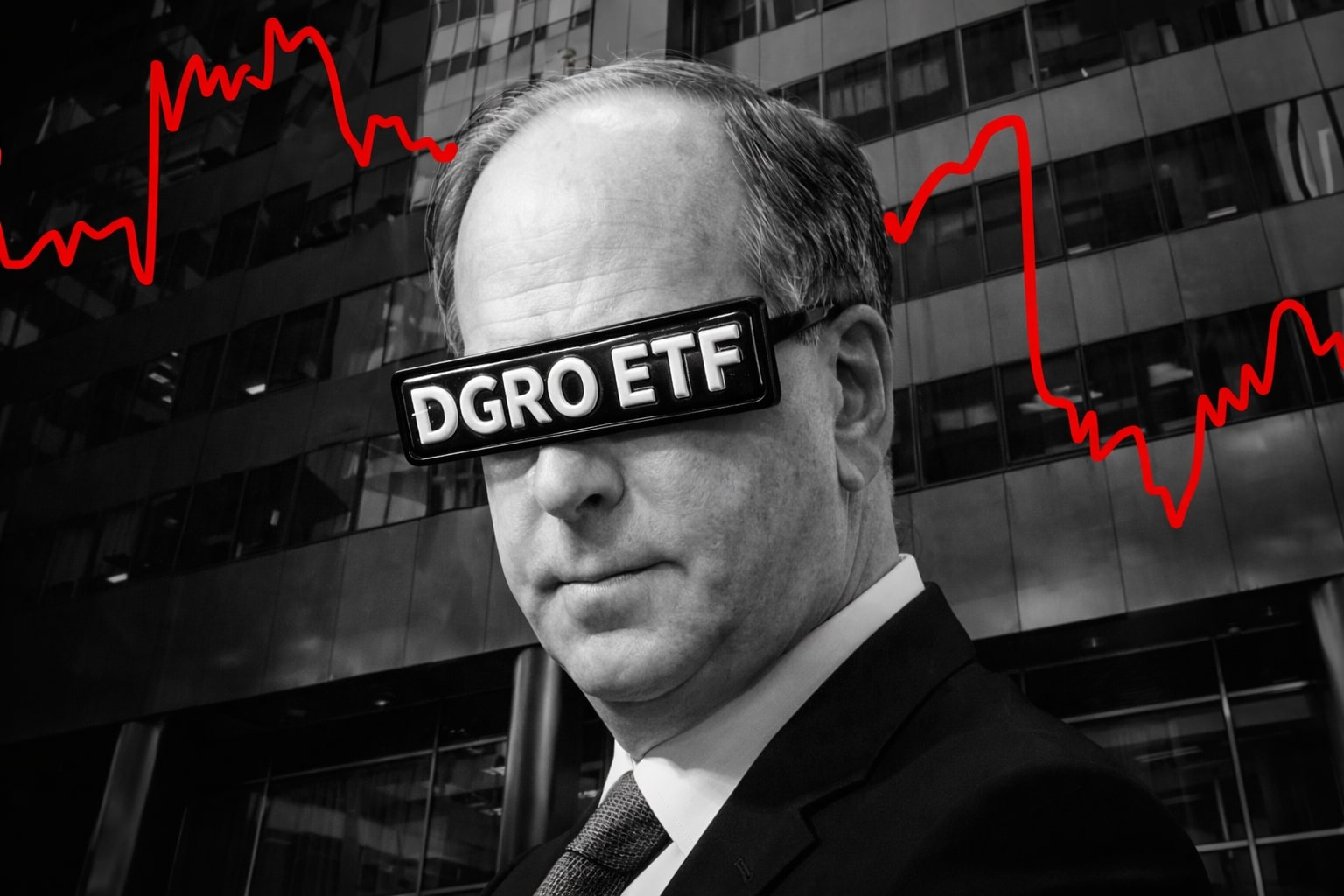
Bitcoin Price Predictions: Will BTC-USD Dip Below $10K or Hit $200K?
Bitcoin’s volatility raises the stakes: What’s next for BTC-USD’s price in 2025? Could the upcoming halving push Bitcoin to $200K, or is a deeper crash inevitable? | That's TradingNEWS
Bitcoin's Struggles Amid Market Shifts: Will BTC Price Bounce Back Above $80,000?
Bitcoin (BTC-USD) has found itself caught in a storm of uncertainty, as macroeconomic pressures, global trade disputes, and growing regulatory scrutiny weigh heavily on the cryptocurrency. Despite its long-standing reputation as a “digital gold” asset, Bitcoin is currently facing significant headwinds, with its price recently dipping below the crucial $80,000 level. As of April 8, 2025, Bitcoin was trading around $77,423, after falling from a peak of $109,000 earlier this year. This drop marks a troubling trend, with the broader crypto market experiencing steep losses due to the escalating tariff war and macroeconomic volatility.
The primary question that traders and investors are grappling with is: Will Bitcoin bounce back above $80,000, or are we headed for further declines? Analysts are divided on the outlook, with some predicting a steep drop toward the $10,000 mark, while others remain optimistic about Bitcoin's long-term potential.
What’s Behind Bitcoin's Price Decline?
Bitcoin's struggles are closely tied to broader economic trends, particularly the growing uncertainty surrounding global trade and the ongoing tariff issues triggered by U.S. President Donald Trump's policies. On April 8, 2025, Bitcoin’s price plunged after news of a 104% tariff imposition on Chinese imports, which sent shockwaves through global markets. This move exacerbated the volatility of speculative assets like Bitcoin, causing investor sentiment to falter. The cryptocurrency market, known for its sensitivity to macroeconomic events, has struggled to regain footing, mirroring the downturn seen in traditional financial markets.
As Bitcoin faces these external pressures, its price has broken below the $80,000 mark, reaching a low of $74,434 earlier in the week. This marks a key technical level, as Bitcoin is now at risk of falling into a deeper decline if it cannot regain support at these levels. Some analysts, like Mike McGlone of Bloomberg, argue that Bitcoin could plummet further, potentially revisiting lows not seen since 2020. McGlone’s prediction points to a “mean reversion” where Bitcoin, after reaching unsustainable highs, could retreat to its historical price levels, with $10,000 emerging as a plausible target.
The ‘Death Cross’ and What It Means for Bitcoin's Short-Term Prospects
Bitcoin recently confirmed a "death cross" on its technical chart, a key bearish signal. This occurs when the 50-day moving average falls below the 200-day moving average, suggesting that sellers are in control of the market. The last time Bitcoin formed a death cross, it preceded a significant downturn, and traders are now watching closely to see if history will repeat itself. If Bitcoin fails to break back above the $80,000 level, further downside could be on the horizon, with some analysts projecting support levels around $70,000 and $60,000.
While this bearish signal may cause short-term panic, it's important to note that Bitcoin has often demonstrated resilience in the face of similar challenges. For instance, in previous market downturns, Bitcoin has bounced back from significant corrections, making substantial gains once broader market conditions stabilize. This dynamic could play out once again, but the path to recovery is uncertain and depends heavily on external factors like macroeconomic conditions and investor sentiment.
Bitcoin's Resilience: Is It a Store of Value or a Speculative Asset?
One of the most significant debates surrounding Bitcoin's future revolves around its role in the financial ecosystem. Is Bitcoin merely a speculative asset driven by hype, or does it have the potential to be a legitimate store of value, akin to gold? This debate has become even more pronounced in 2025, with Bitcoin struggling to assert its position in the market amidst growing competition from other assets.
Notably, some prominent figures in the Bitcoin community, like MicroStrategy CEO Michael Saylor, argue that Bitcoin is more than just a store of value; it’s a long-term capital asset. Saylor, whose company holds over 528,000 BTC, believes that Bitcoin's scarcity and decentralized nature make it a hedge against inflation and economic uncertainty. Despite Bitcoin's recent price declines, Saylor remains a staunch believer in its potential, emphasizing its long-term appeal.
In contrast, others, like Block CEO Jack Dorsey, have raised concerns about Bitcoin's future if it fails to live up to its potential as a payments system. Dorsey has been vocal about the need for Bitcoin to facilitate real-world transactions rather than becoming a passive asset used purely for speculative purposes. According to Dorsey, Bitcoin’s relevance will depend on its ability to integrate into the global payments ecosystem and drive real-world utility.
Will Bitcoin Price Reach $200,000 or Drop to $10,000?
The divergence of opinions on Bitcoin's future price trajectory is evident in the wide range of price predictions from various analysts. On one hand, analysts from firms like Bernstein and Standard Chartered have predicted that Bitcoin could rise as high as $200,000 in the coming years, driven by growing institutional adoption, regulatory clarity, and the upcoming halving event. Bitcoin's reduced supply after the halving, combined with increased demand from institutional investors, is expected to create upward pressure on the price.
On the other hand, Bitcoin bears, including McGlone, argue that the cryptocurrency market is facing a “purging” phase similar to the dot-com bubble. According to McGlone, Bitcoin could see a significant price decline, potentially dropping as low as $10,000. His bearish outlook is rooted in concerns over the speculative nature of the crypto market, the broader macroeconomic environment, and the growing uncertainty surrounding global trade policies.
Bitcoin's Technical Chart and Future Outlook
Looking at Bitcoin’s technical chart, the cryptocurrency is currently at a critical juncture. Having dropped below the $80,000 level, Bitcoin is now testing key support zones. If the price fails to recover, it could lead to further declines, with potential targets around $70,000 and $60,000. However, if Bitcoin manages to hold above the $74,000 level, it may be able to regain momentum and test the $80,000 resistance once again.
Bitcoin’s price movements are heavily influenced by broader market conditions, and with macroeconomic uncertainty continuing to weigh on investor sentiment, the path forward remains unclear. However, Bitcoin’s long-term potential as a store of value and its increasing integration into the global financial system could provide a foundation for future growth, even if short-term volatility persists.
Is Bitcoin a Buy, Sell, or Hold?
Based on current market conditions and technical indicators, Bitcoin is facing a period of uncertainty. While some analysts predict further declines, others remain optimistic about its long-term prospects. Given its recent price action and the potential for further macroeconomic disruptions, Bitcoin may be better suited for long-term investors who are willing to weather short-term volatility. For those with a higher risk tolerance, current price levels could represent a potential buying opportunity, especially if Bitcoin shows signs of recovering above the $80,000 mark.
In conclusion, Bitcoin’s future remains highly uncertain, and its price is likely to remain volatile in the short term. However, with increasing institutional adoption and its role as a potential hedge against inflation, Bitcoin’s long-term outlook could still be bullish, provided it can navigate the current market challenges.
That's TradingNEWS
Read More
-
DGRO ETF Price: Is DGRO at $69.17 Still the Better Dividend-Growth Bet?
17.12.2025 · TradingNEWS ArchiveStocks
-
XRP Price Stuck Below $2 As XRPI at $10.74 and XRPR at $15.26 Ride $1B+ ETF Inflows
17.12.2025 · TradingNEWS ArchiveCrypto
-
Natural Gas Price Forecast - NG=F Steady Near $4 as TTF Jumps on Colder Forecasts and LNG Outage Risk
17.12.2025 · TradingNEWS ArchiveCommodities
-
USD/JPY Price Forecast: USDJPY=X 155.50 Pivot Before BoJ Hike and US CPI
17.12.2025 · TradingNEWS ArchiveForex

















